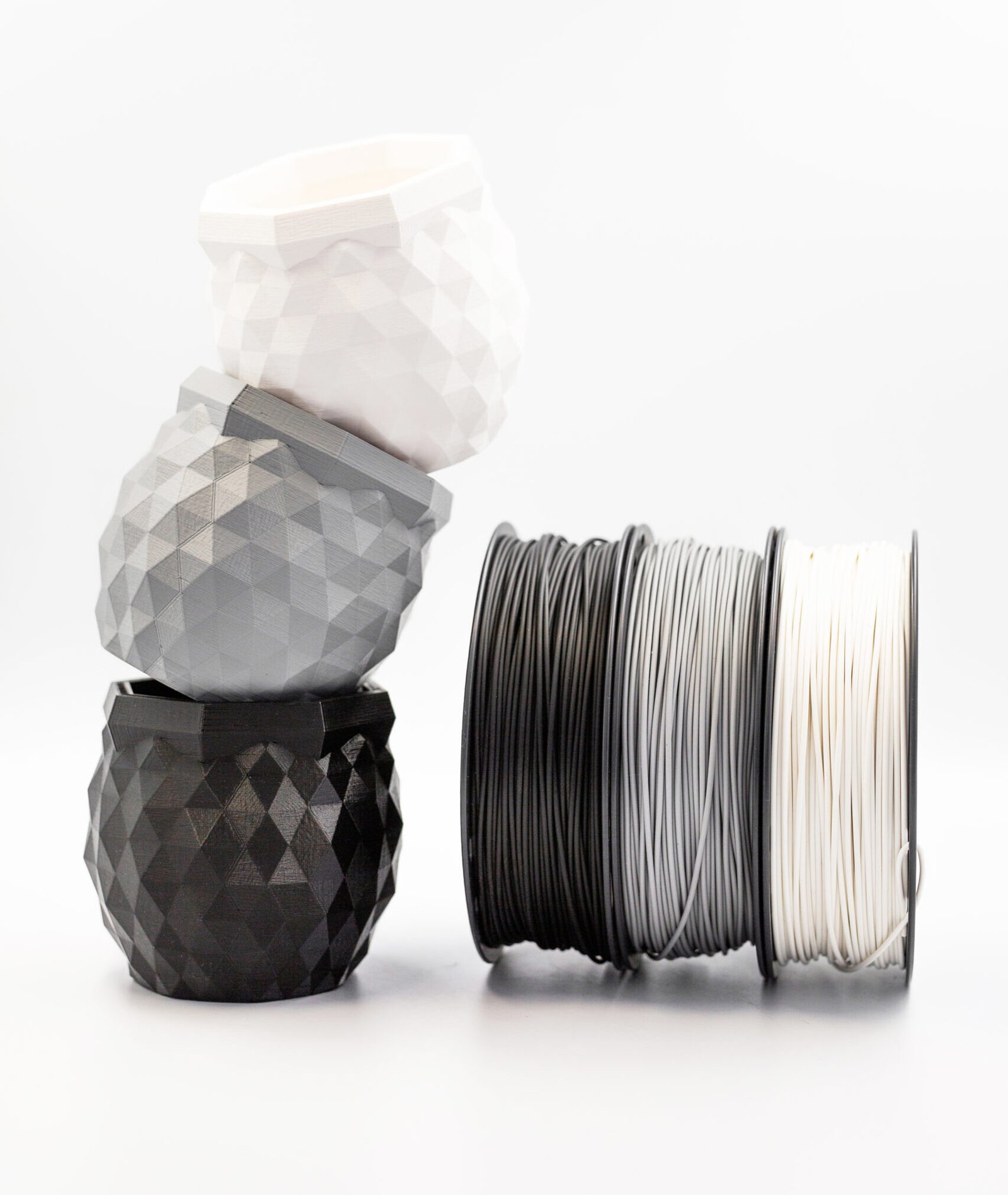In the world of board games, customization and creativity go hand in hand. Whether you’re a tabletop enthusiast designing your own game or a hobbyist enhancing a classic one, 3D printing has opened a new frontier of possibilities. However, not all filaments are created equal when it comes to crafting functional and visually impressive game pieces. Choosing the right filament ensures your miniatures, tokens, card holders, and dice trays are not just beautiful, but also durable and fun to play with. Here’s a guide to the top 7 filaments that bring board game accessories to life—perfect for hobbyists, designers, and gamers alike.
1. PLA – Simple, Safe, and Highly Customizable
PLA (Polylactic Acid) is hands down the most popular filament for hobby 3D printing. It’s easy to use, works well with nearly all FDM printers, and comes in a wide variety of colors. Why it’s great for board games: Smooth detail resolution for miniatures and tokens. Biodegradable and non-toxic, making it safe for all ages. Minimal warping and no need for a heated bed. However, PLA is not the most durable material. It’s best suited for game pieces that won’t undergo heavy wear, like character tokens or small accessories.
2. PLA+ – A Better, Tougher PLA
PLA+ is an upgraded version of PLA that offers enhanced mechanical properties while keeping the same printability. For those wanting more robust game components without stepping into more difficult materials, this is your go-to. Best for: Player markers, miniatures, and tile components. Designs with thin or protruding parts. Those who want strength with an elegant finish. It’s slightly more flexible and less brittle than PLA, which is crucial for pieces that will be frequently handled.
3. PETG – Strong and Semi-Flexible
PETG strikes a perfect balance between strength and ease of printing. While slightly more challenging than PLA, it’s still beginner-friendly and boasts impressive durability. Why PETG works for game accessories: Tough enough for dice trays, card stands, or box inserts. Resistant to moisture and handling stress. Slightly flexible, which prevents snapping. PETG also has a glossy finish, which adds a touch of premium feel to your printed game accessories.
4. ABS – Professional-Grade Toughness
ABS is a common choice in industrial settings, known for its exceptional toughness and impact resistance. But it comes with some challenges: it requires an enclosed printer, a heated bed, and good ventilation due to its strong odor. Ideal for: Game boxes and structural components. Long-term use items that need to be extra durable. Serious hobbyists with controlled print environments. If you’re ready to level up your print setup, ABS is worth considering for high-use game parts.
5. TPU – The Flexible Powerhouse
TPU (Thermoplastic Polyurethane) is a flexible filament known for its elasticity and toughness. While it’s harder to print with, the results are unique and functional. Perfect for: Dice bags, flexible card straps, or damage rings. Soft components in modular or travel games. Impact-resistant parts. You’ll need to tweak your retraction settings and print at slower speeds, but the final product is well worth it.
6. Silk PLA – A Touch of Shine and Style
If you want your game pieces to dazzle, silk PLA is the filament to try. It’s a modified PLA with an extra-smooth, glossy finish that makes every token, mini, or marker look like it came from a premium set. Best uses: Fantasy tokens, sci-fi miniatures, or display pieces. Decorative parts like crowns, coins, and victory markers. While it’s not as strong as PLA+, the visual results make it a fan favorite for statement accessories.
7. Specialty Filaments – For Themed Games and Immersion
For players and designers who want to take immersion to the next level, specialty filaments offer endless possibilities. These include: Wood-filled PLA: Adds a natural, earthy texture—perfect for medieval or fantasy games. Glow-in-the-dark PLA: Adds excitement for sci-fi, horror, or night-themed campaigns. Metallic PLA: Makes treasure tokens and coins look more authentic. These filaments may require extra tuning, but the thematic payoff is huge.
Filament Comparison Table
| Filament Type | Strength | Print Ease | Finish | Best Use |
| PLA | Medium | Easy | Matte/Glossy | General use, miniatures |
| PLA+ | High | Easy | Smooth | Tokens, detailed pieces |
| PETG | High | Medium | Glossy | Boxes, trays, inserts |
| ABS | Very High | Difficult | Matte | Storage, structural items |
| TPU | Flexible | Hard | Rubber-like | Dice bags, bands |
| Silk PLA | Medium | Easy | Glossy shine | Decorative accessories |
| Specialty | Varies | Varies | Unique | Themed enhancements |
Tips for Printing Perfect Game Pieces
Use 0.1–0.2 mm layer height for detailed miniatures. Consider brim or raft settings for small parts to avoid warping. For moving components, tweak tolerance and retraction settings. Don’t overlook post-processing—a little paint or smoothing can bring your pieces to life.
Conclusion: Find Your Winning Filament on FilaLab.shop
The right filament can elevate your board game experience from basic to brilliant. Whether you want detail-rich miniatures, rugged boxes, or shimmering victory tokens, there’s a material that’s perfect for the task. PLA and PLA+ are fantastic for most beginners, while PETG and ABS give experienced users that added edge. And for those wanting flair, silk PLA and specialty blends open up a whole new realm of game design. Ready to print your next great game? Explore a wide range of high-performance filaments on FilaLab.shop and level up your tabletop experience.

